Featured Images
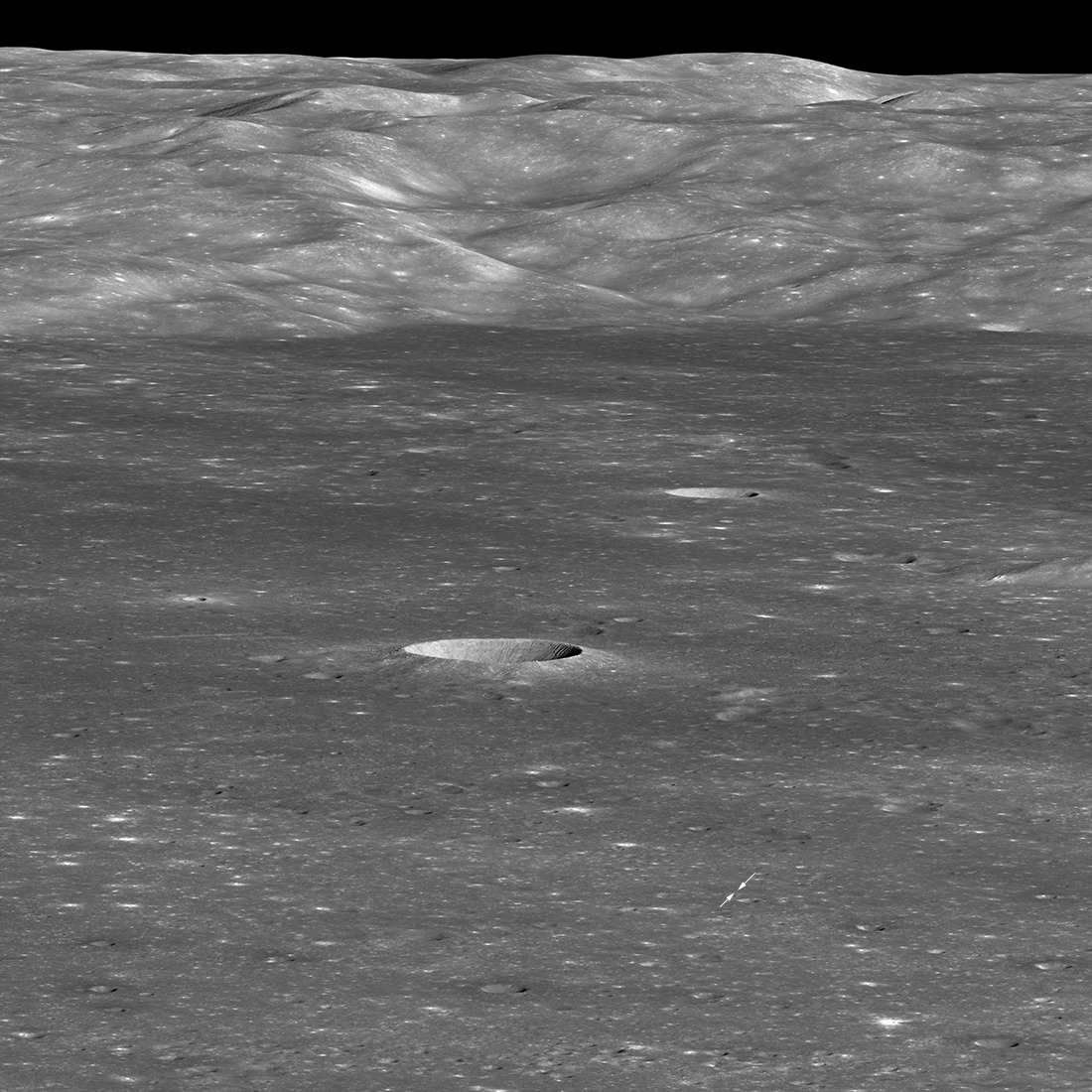
First Look: Chang'e 4
Arrows indicate position of Chang'e 4 lander on the floor of Von Kármán crater. The sharp crater behind and to the left of the landing site is 3900 meters across (12,800 feet) and 600 meters (1970 feet) deep. Image was shrunk by more...
Published on 06 Feb 2019
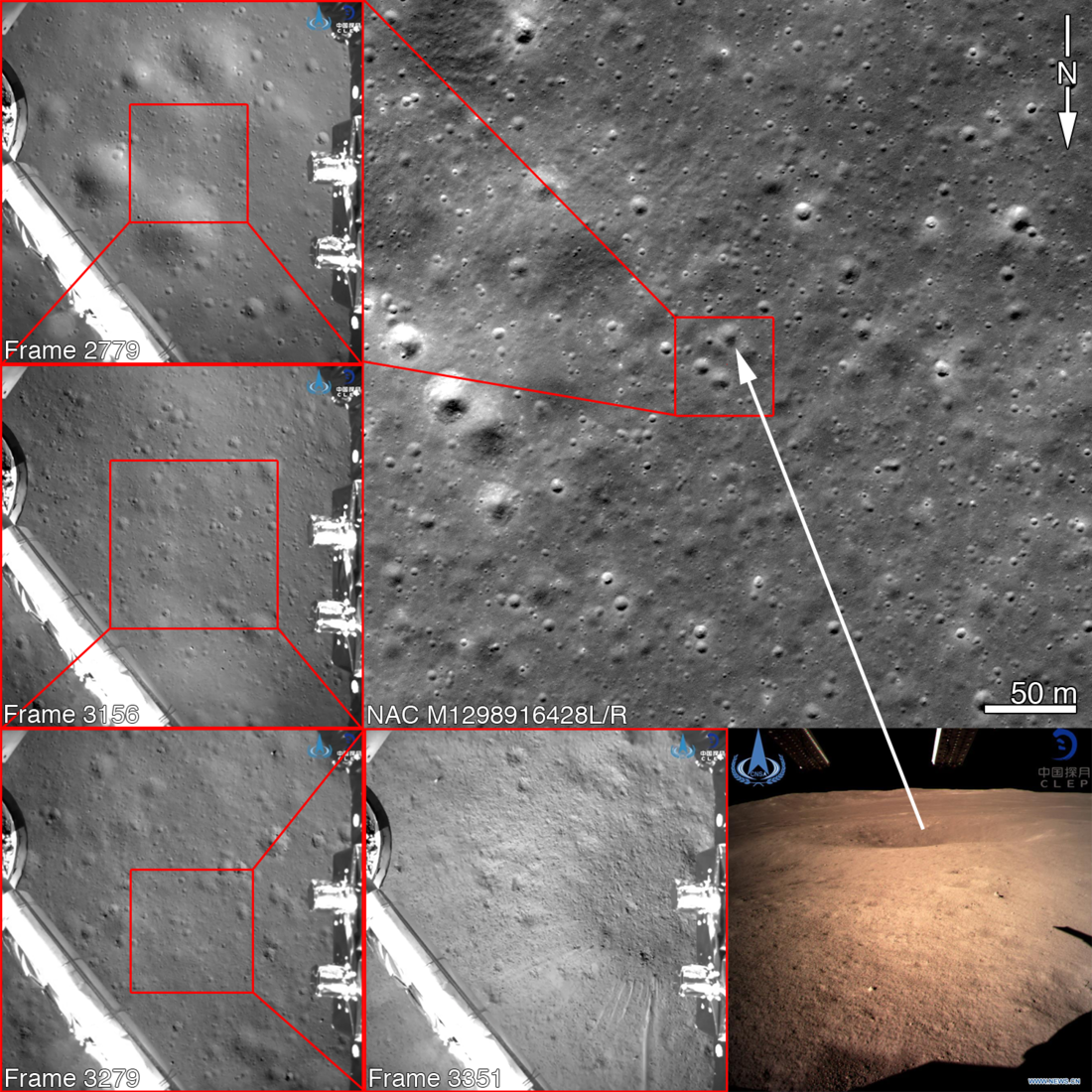
Chang'e 4 Lander Coordinates
Following the Chang'e 4 descent frames (CNSA/CLEP) to the surface makes it easy to find the exact landing spot in a NAC image, which was taken before the landing. Note that the NAC image is rotated so north is down to match the Chang'e...
Published on 11 Jan 2019
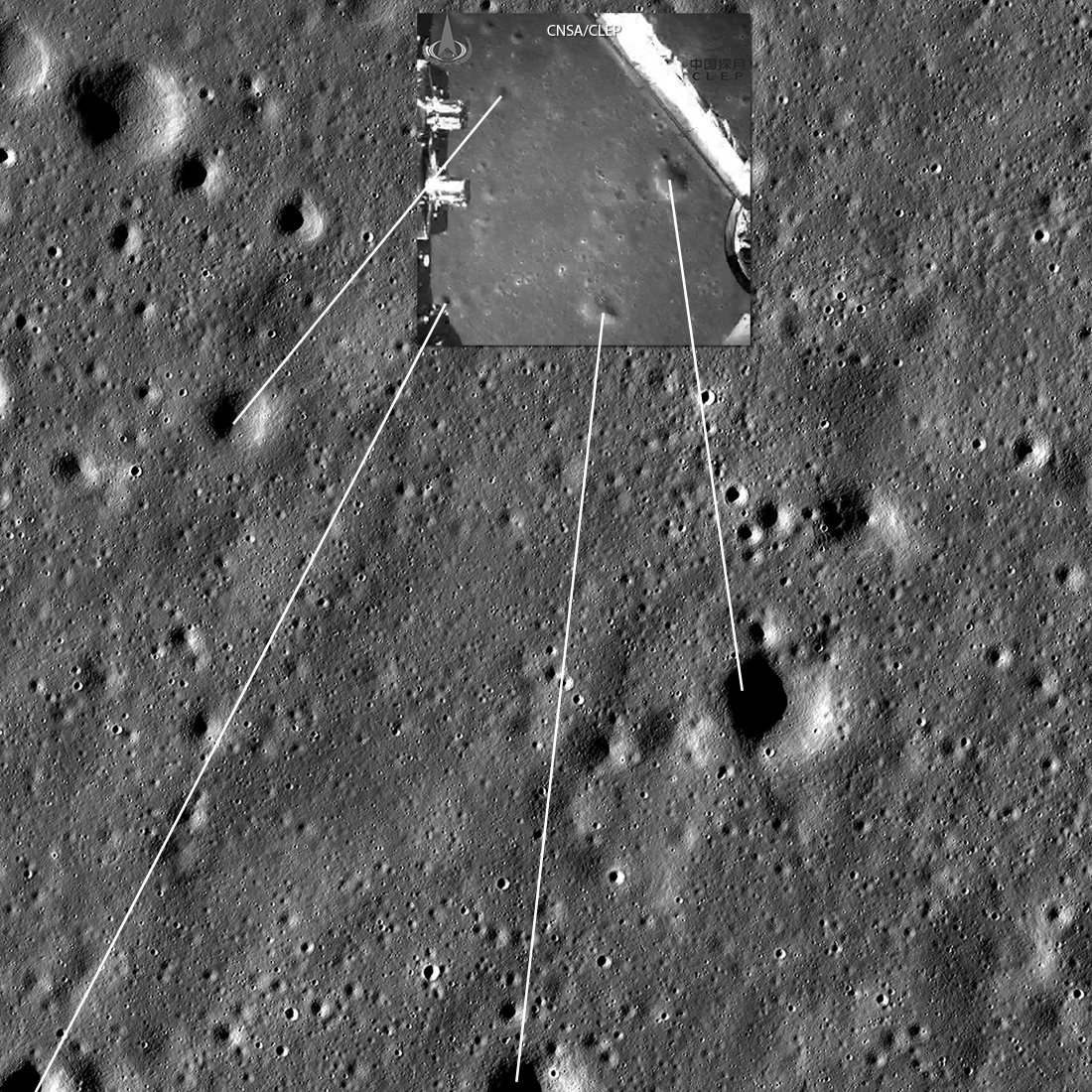
On the Farside!
Safe on the farside, Chang'e 4 set down somewhere in this LROC image obtained 17 July 2010. The lines connect craters seen in the Chang'e 4 descent image (CNSA/CLEP) with the same craters seen in the LROC image. Image width 2700 meters,...
Published on 03 Jan 2019
Von Kármán Crater: Awaiting A Visitor
Von Kármán crater (186 kilometer diameter), a treasure house of geologic landforms! LROC Wide Angle Camera mosaic, five degree latitude and longitude grid [NASA/GSFC/Arizona State University].
Published on 02 Jan 2019
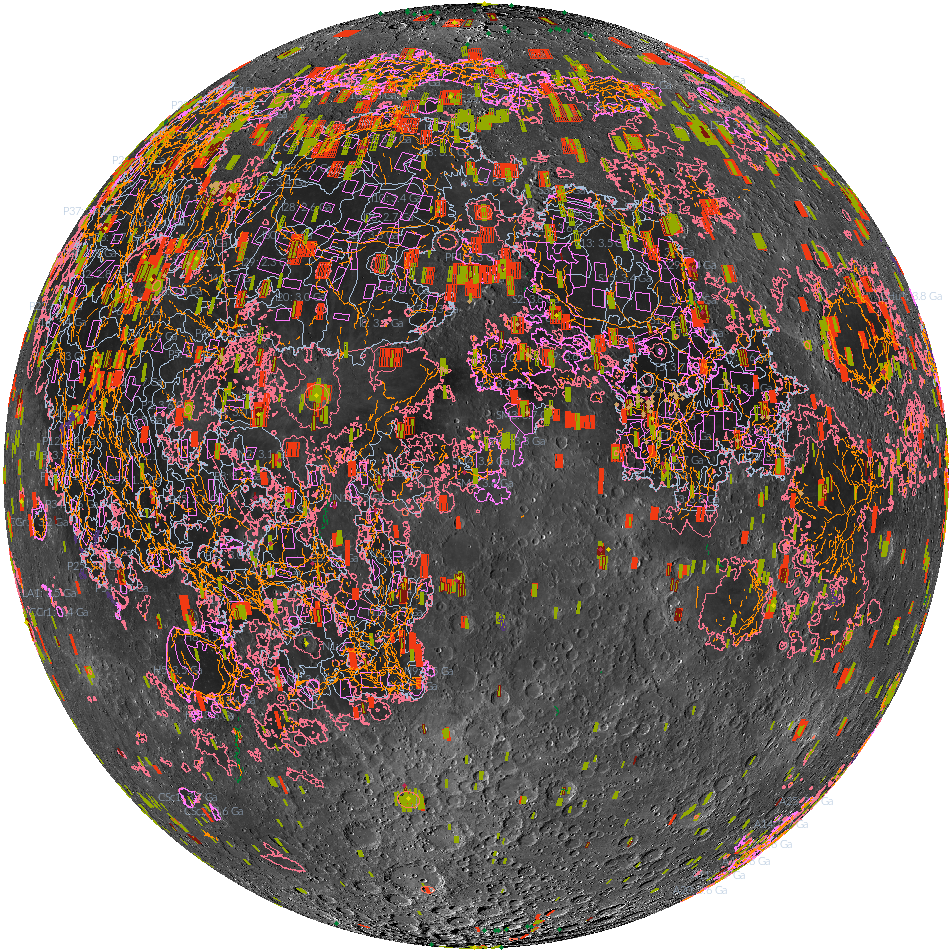
'Shaping' Lunar Science with Vector Data
Twenty new shapefiles created by the LROC Team are now available! A few of the shapefiles shown here include mare age units, footprints of digital terrain models (DTMs), and the locations of small geologic features such as...
Published on 18 Jul 2017
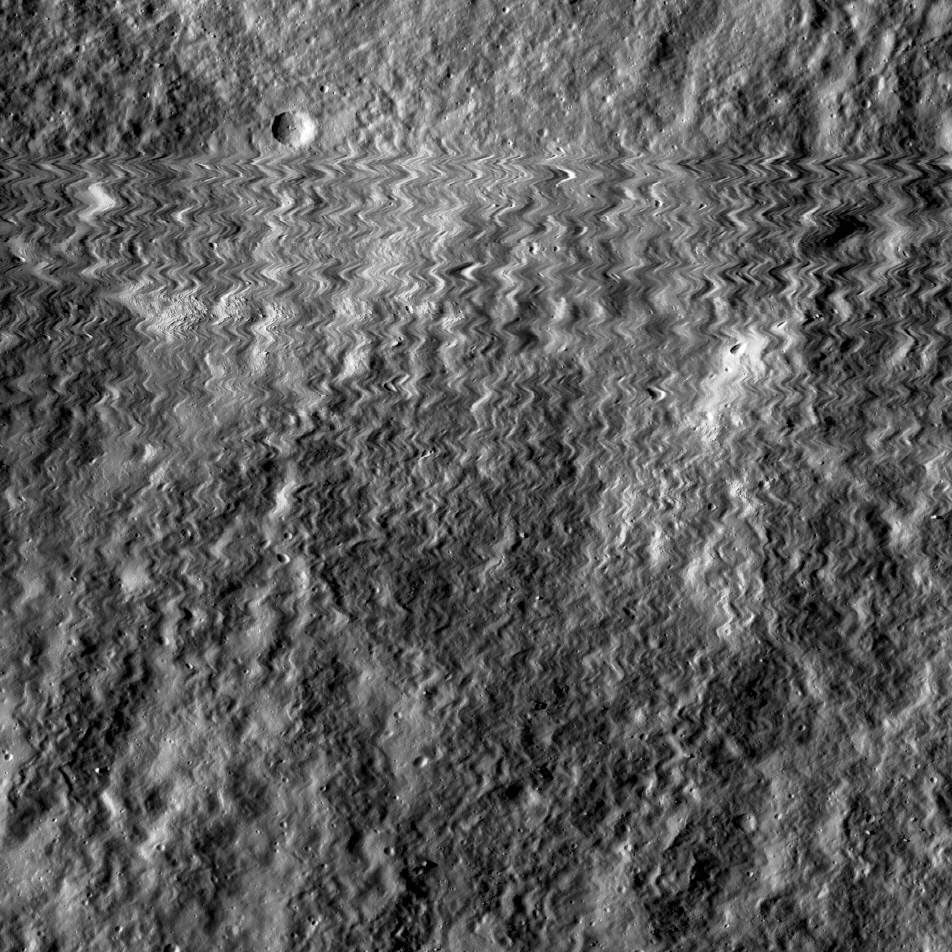
Struck by a Meteoroid!
The first wild back-and-forth line (line # 22,616) records the moment (October 13, 2014 at 21:18:48.404 UTC) the left NAC radiator was struck by a meteoroid (image M1167874395L). [NASA/GSFC/Arizona State University]
Published on 26 May 2017
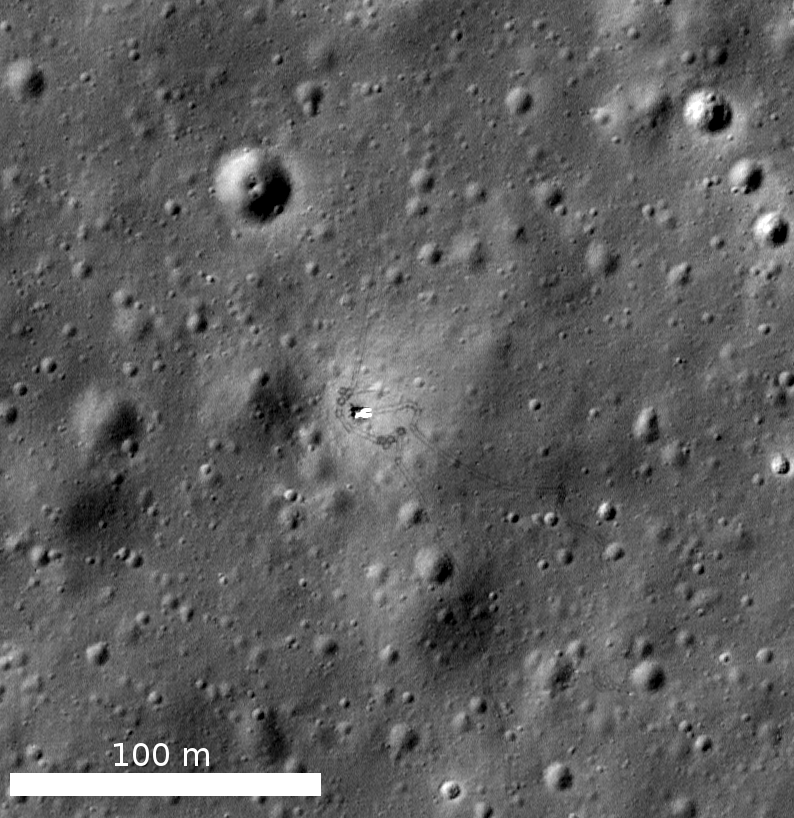
Spacecraft Related Coordinates - 2016 Update
Luna 17, the intrepid lander that carried the Lunokhod 1 rover to the surface. You can make out the rover's tracks around the lander, the tight circles were formed as the Earth-bound drivers tested out the maneuverability of their just...
Published on 25 Nov 2016
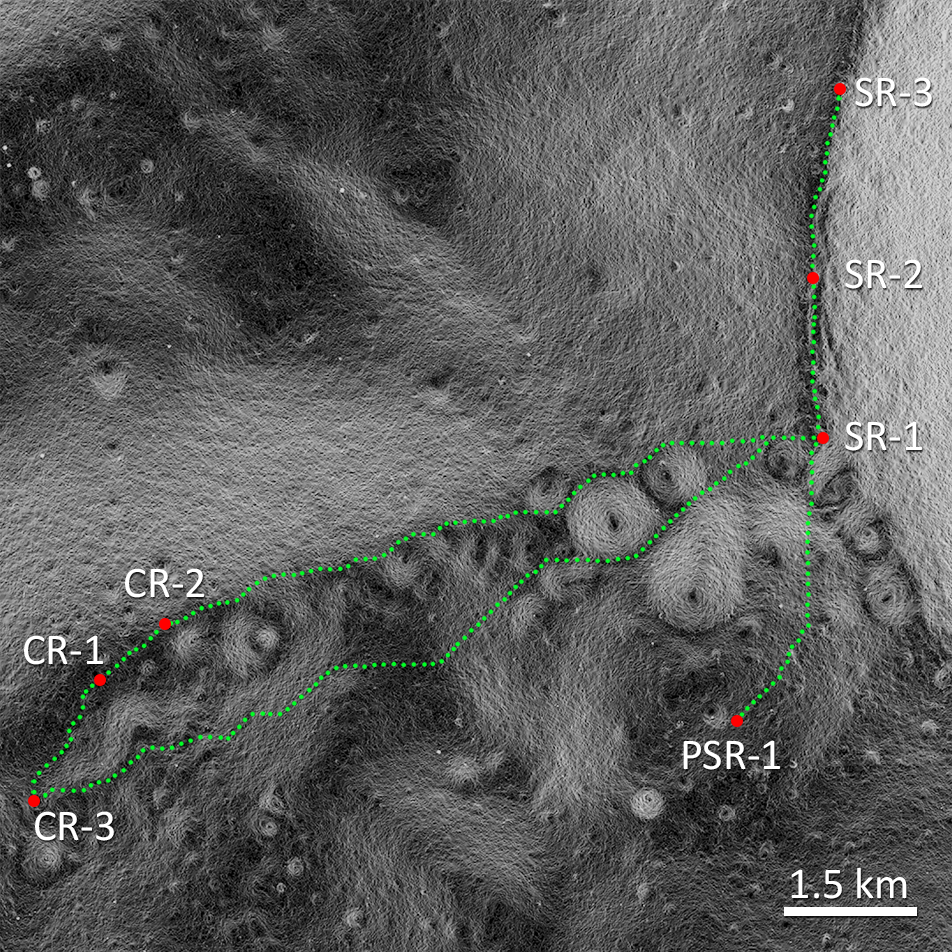
Lunar Exploration: Planning The Next Steps
Optimal traverse located around persistently illuminated points on the rim of Shackleton crater (SR-1, SR-2, and SR-3) and the connecting ridge between Shackleton and de Gerlache crater (CR-1, CR-2, and CR-3) as well as a permanently...
Published on 13 Jul 2016
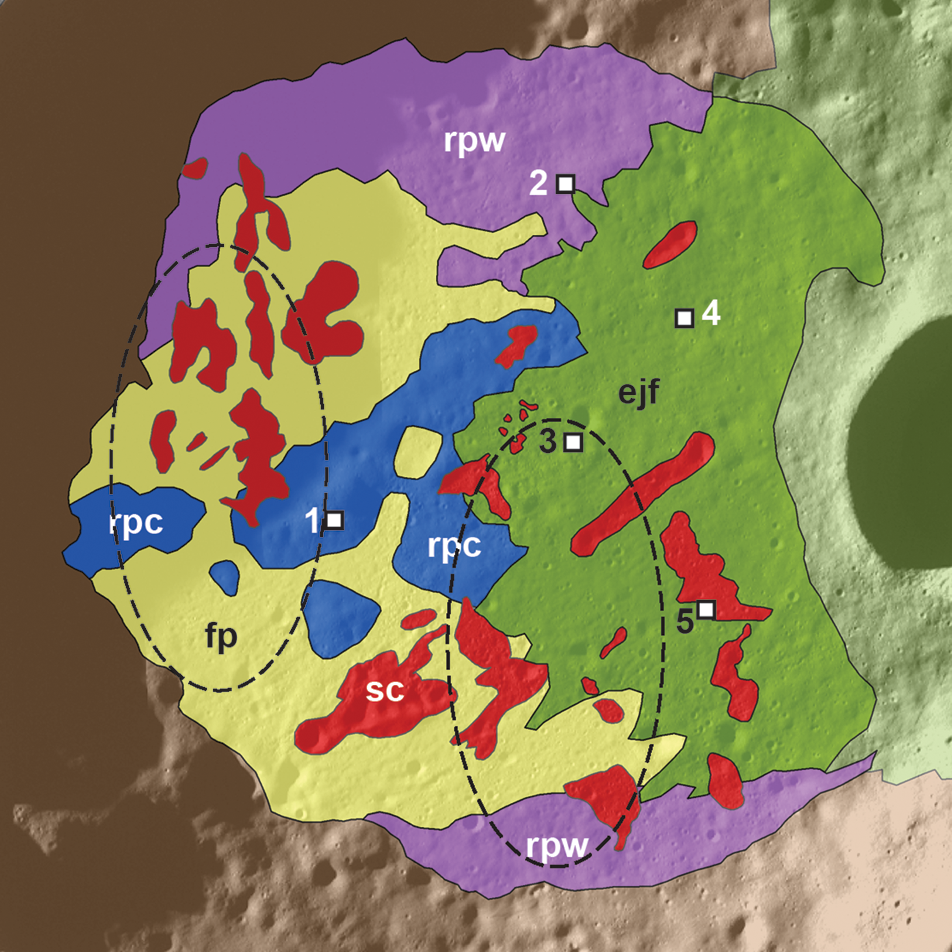
A Landing Site for Russia's Luna-Glob
A portion of a new geologic map of the interior of Boguslawsky crater, proposed site of the next Russian mission to the lunar surface [Ivanov et al., 2015].
Published on 22 Jun 2016
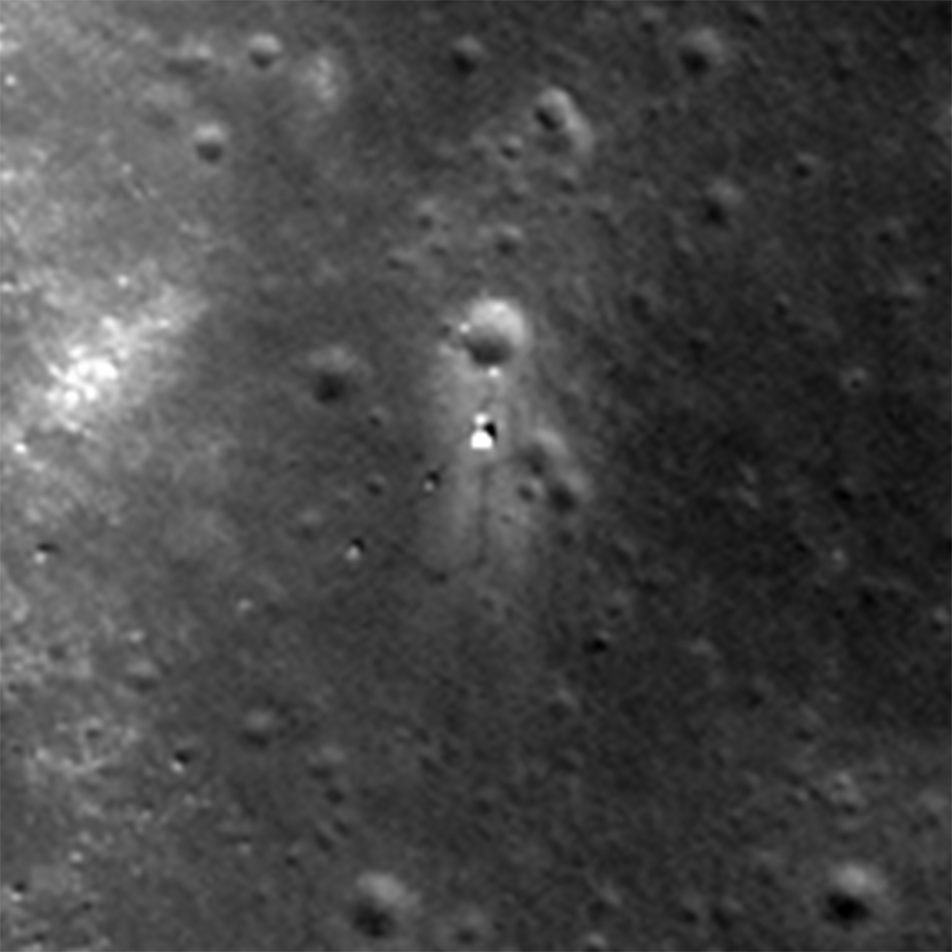
What a Blast! – Revisiting the Chang'e 3 Landing Site
View of the Chang'e-3 landing site from the LROC NAC. The region around the lander was brightened from the interaction of rocket exhaust with the regolith. Scene is approximately 240 m across, located at 44.121°N, 340.488°E. NAC image...
Published on 13 May 2016
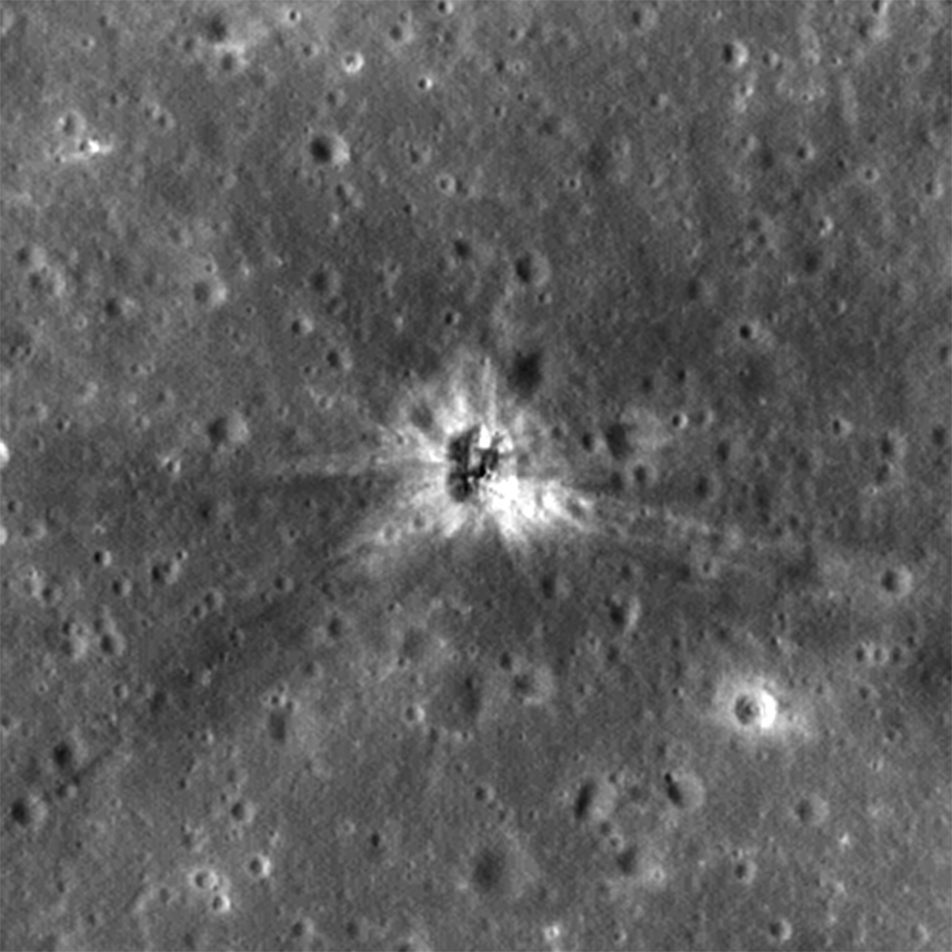
Found! Apollo 16 S-IVB Impact Crater
Newly discovered Apollo 16 S-IVB stage impact crater, image is 400 m wide, north is up (M183689432L)
Published on 02 Dec 2015
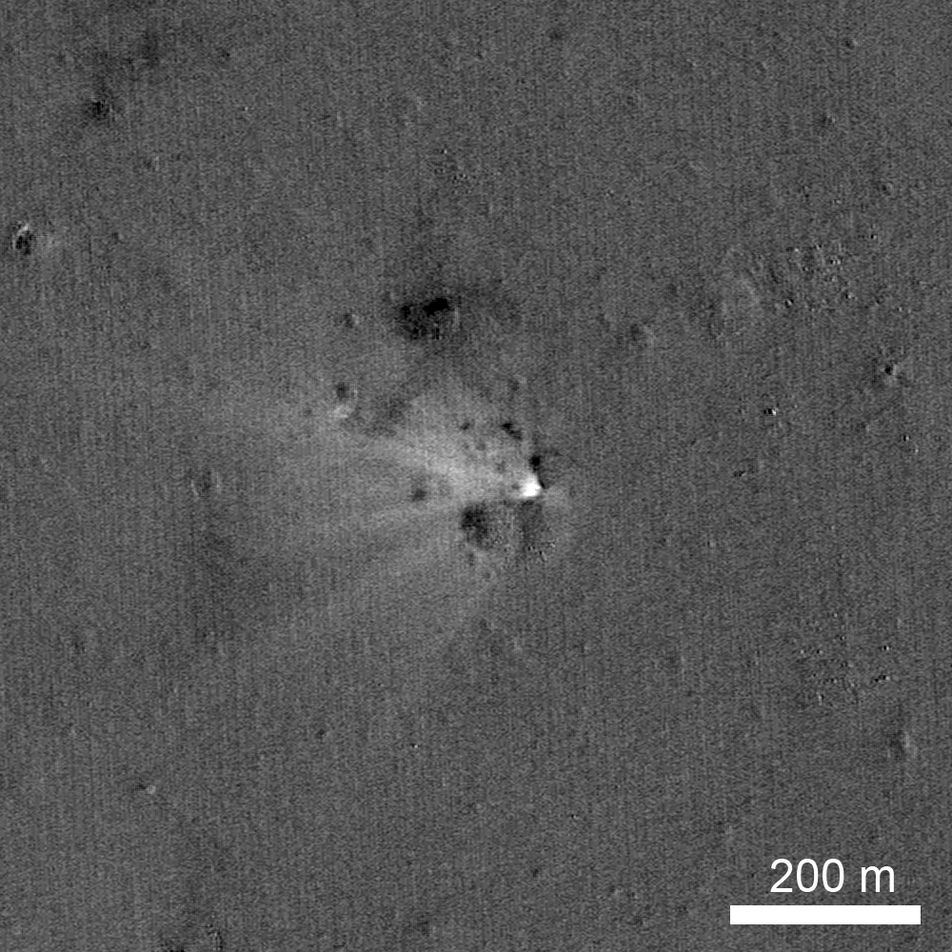
LADEE Impact Crater Found!
LADEE impact site on the eastern rim of Sundman V crater, the spacecraft was heading west when it impacted the surface. The image was created by ratioing two images, one taken before the impact and another after the impact. The bright...
Published on 28 Oct 2014
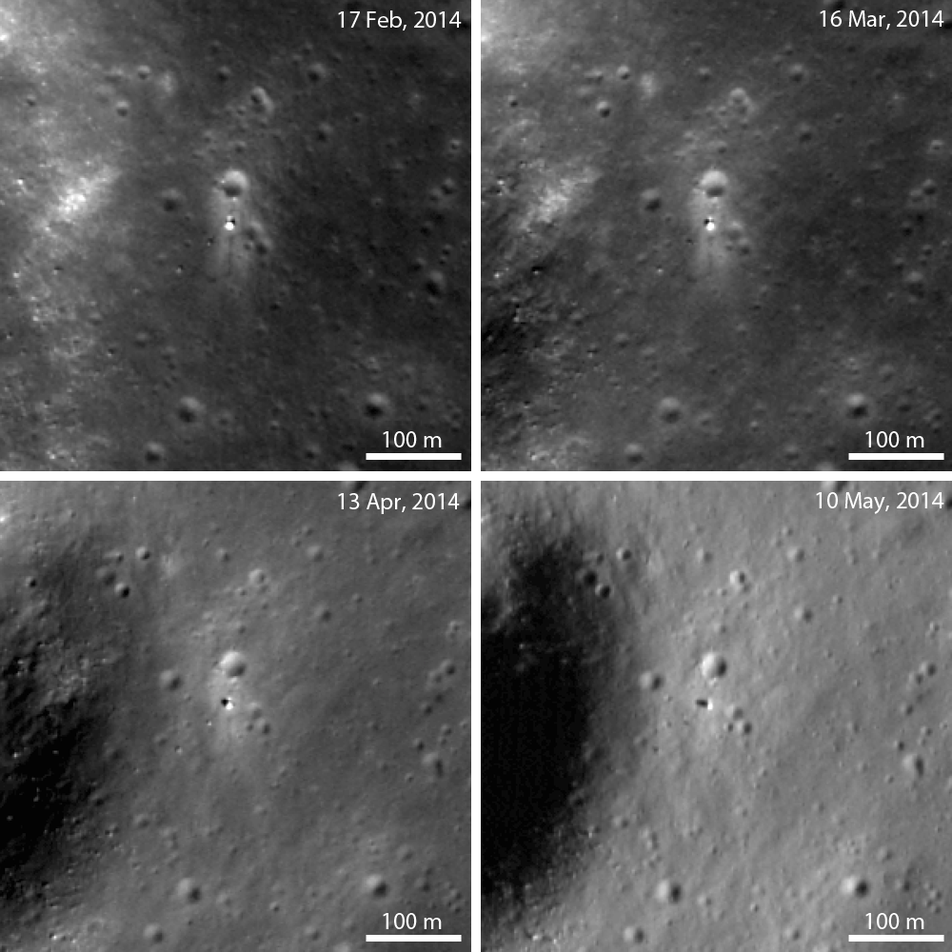
Casting a Long Shadow
Sun angle profoundly affects the surface features of the Chang'e 3 landing site. When the Sun is higher in the sky (low incidence angle), the tracks left by the Yutu rover and the bright blast zone around the lander are most visible....
Published on 09 Oct 2014
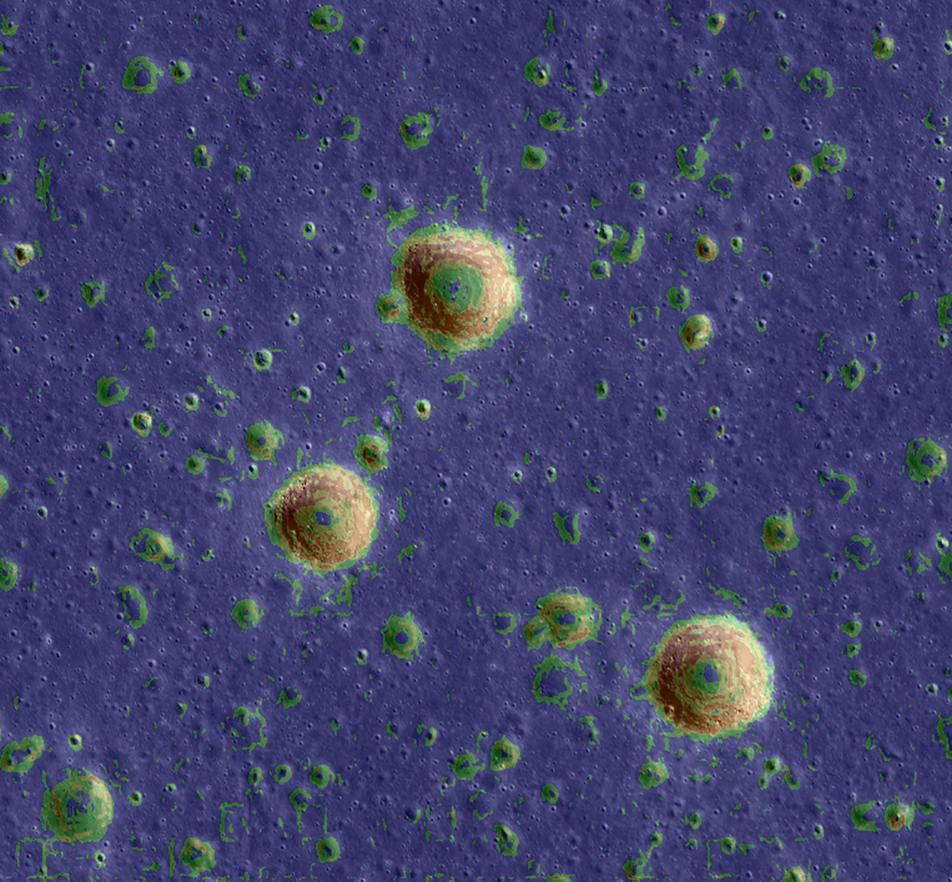
The Chang'e 3 Landing Site in 3D
Slope map overlain on an LROC NAC image of the Chang'e 3 landing site at 44.12°N, 340.49°E in Mare Imbrium. The Chinese spacecraft landed just to the east of the large crater near the center. Slopes range from zero (blue) to...
Published on 07 Oct 2014
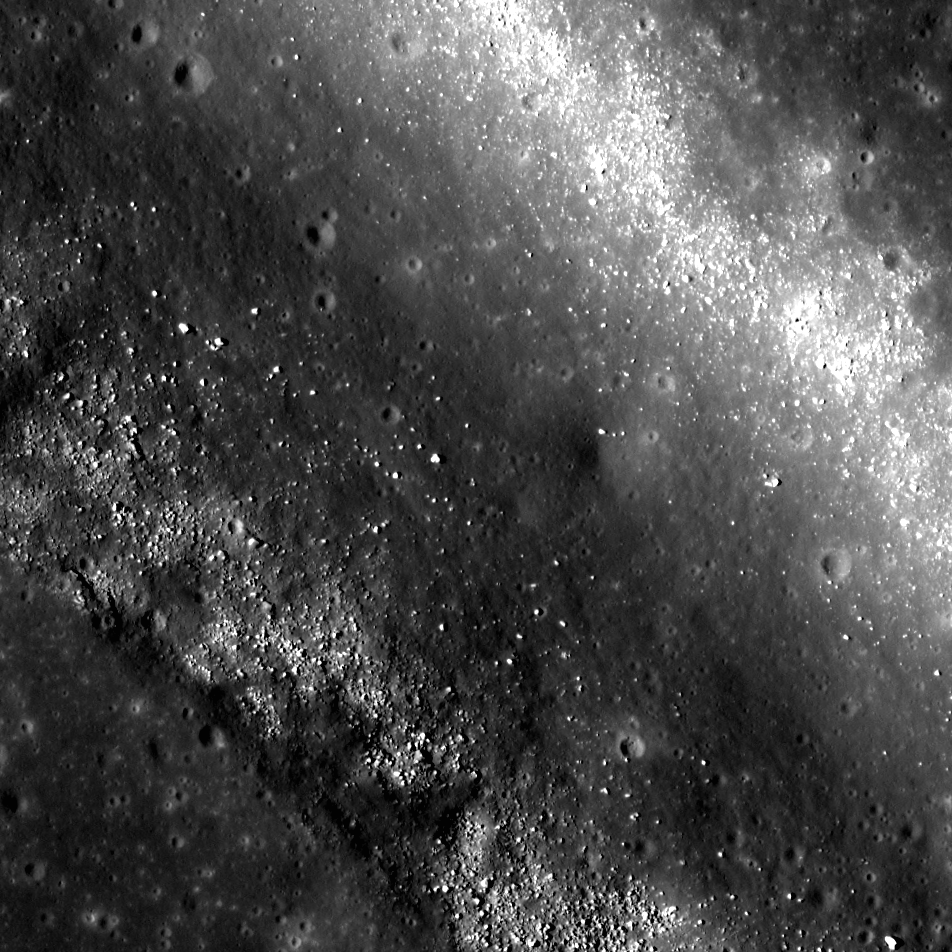
A Rille to Rover Over
LROC NAC image M1145219838 of a rille found on the Southwestern edge of Oceanus Procellarum. This rille most likely formed from the stress added to the crust as the mare deposits were emplaced and cooled [NASA/GSFC/Arizona State...
Published on 08 Jul 2014
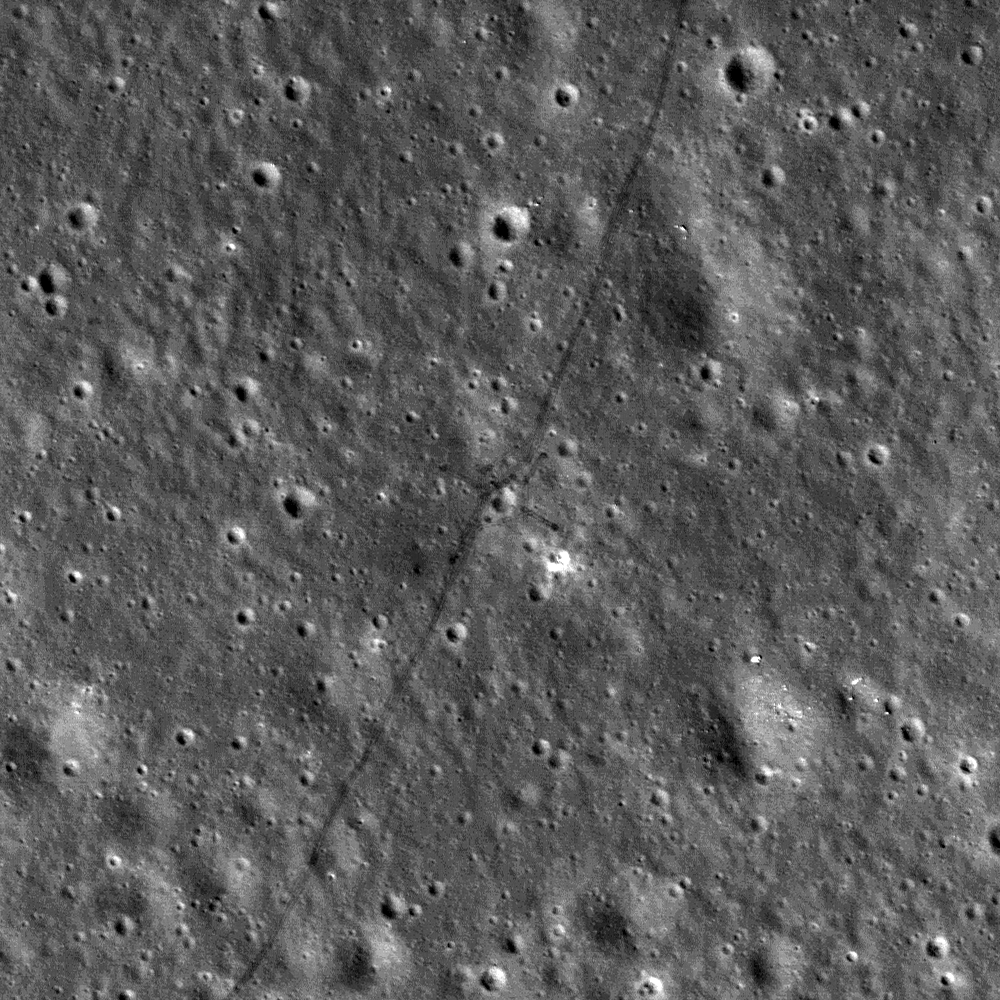
Trundling Across the Moon
Tracks made by Lunokhod 2 as it tested for variations in local magnetic properties while traversing around a small crater (25.764°N, 30.474°E), M122007650R, image width 470 m [NASA/ GSFC/ Arizona State University].
Published on 23 May 2014

681 Gigapixels!
Spectacular LROC Northern Polar Mosaic (LNPM) allows exploration from 60°N up to the pole at the astounding pixel scale of 2 meters [NASA/GSFC/Arizona State University].
Published on 18 Mar 2014
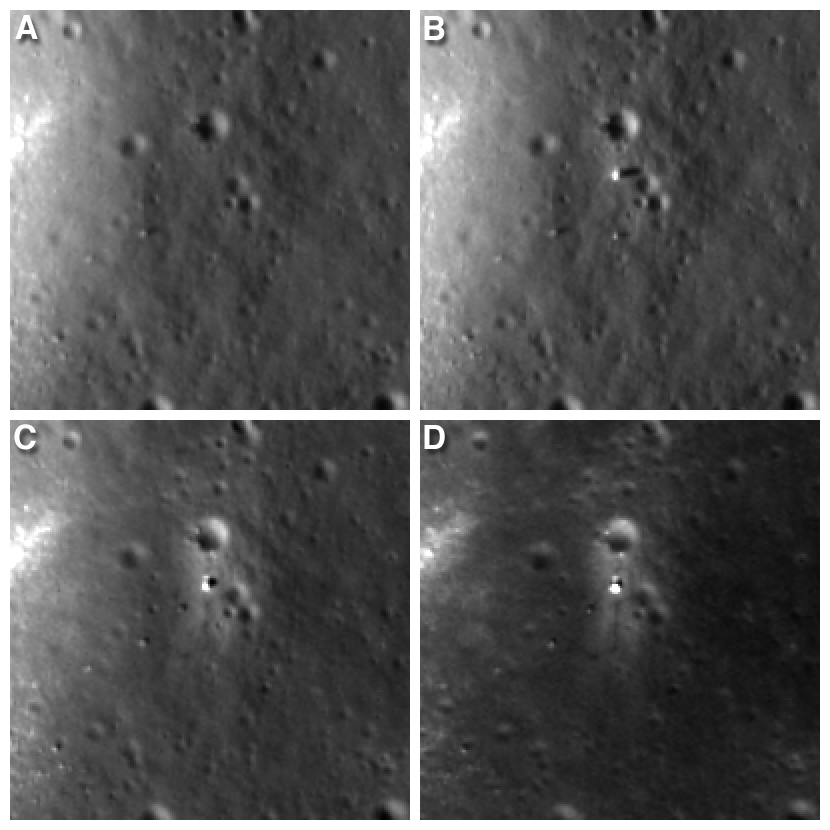
Still There!
Four LROC NAC views of the Chang'e 3 landing site: A) before landing, 30 June 2013, B) after landing, 25 December 2013, C) 21 January 2014, D) 17 February 2014. Each image is enlarged by a factor of two, width of each is 200 meters (656...
Published on 04 Mar 2014
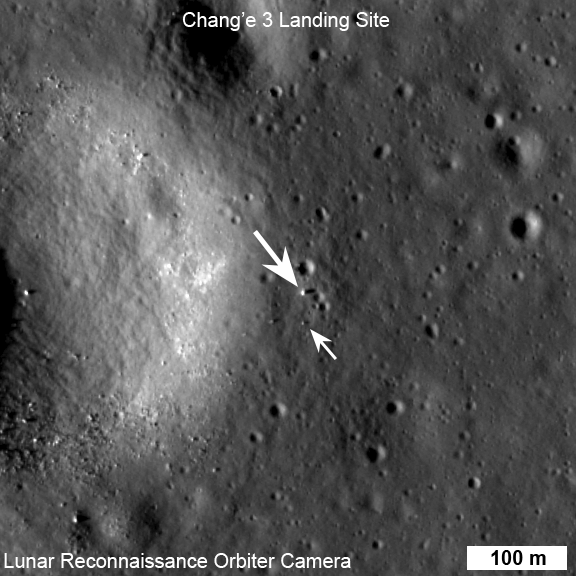
Chang'e 3 Lander and Rover From Above
LROC NAC view of the Chang'e 3 lander (large arrow) and rover (small arrow) just before sunset on their first day of lunar exploration. LROC NAC M1142582775R, image width 576 m, north is up [NASA/GSFC/Arizona State University].
Published on 30 Dec 2013
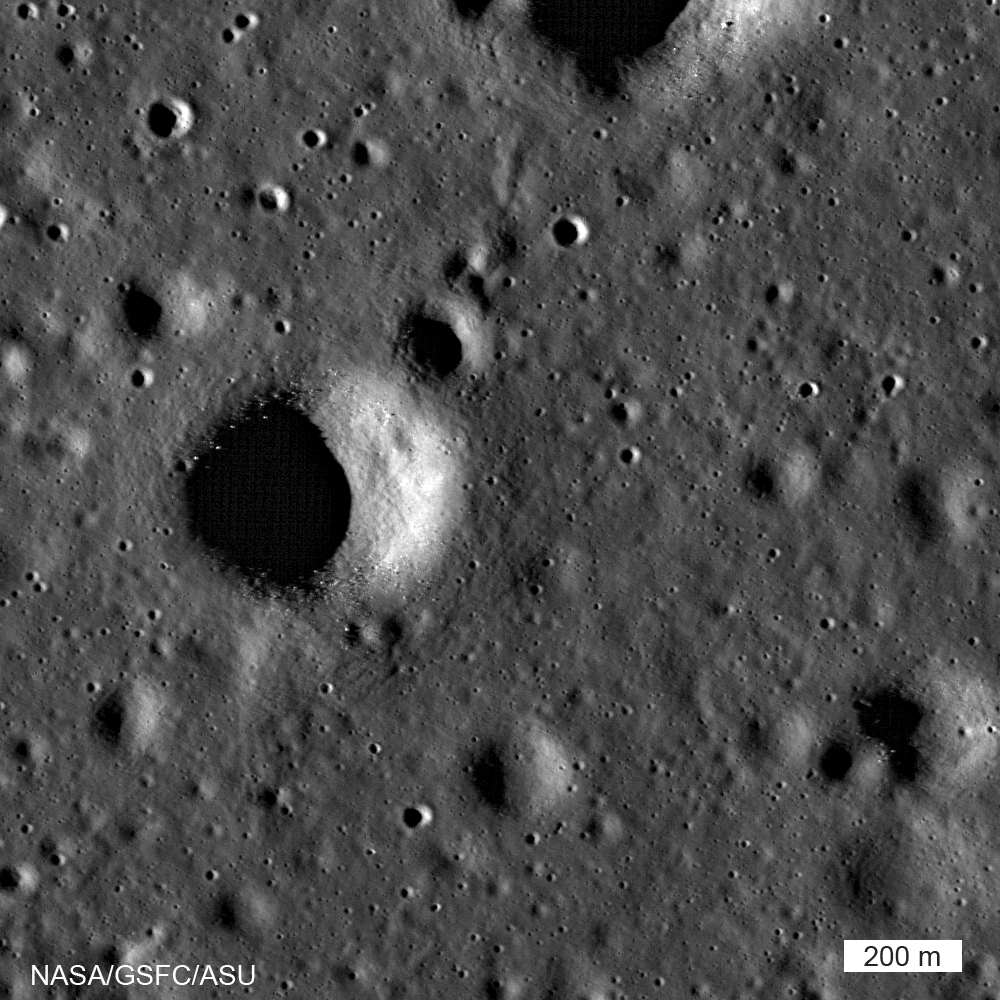
Safe On The Surface Of The Moon!
LROC image (acquired 15 July 2009) centered on area seen in descent images acquired by Chang'e-3 as it descended to the surface of Mare Imbrium. Image width 1700 meters, north is up, M102285549 [NASA/GSFC/Arizona State University].
Published on 15 Dec 2013